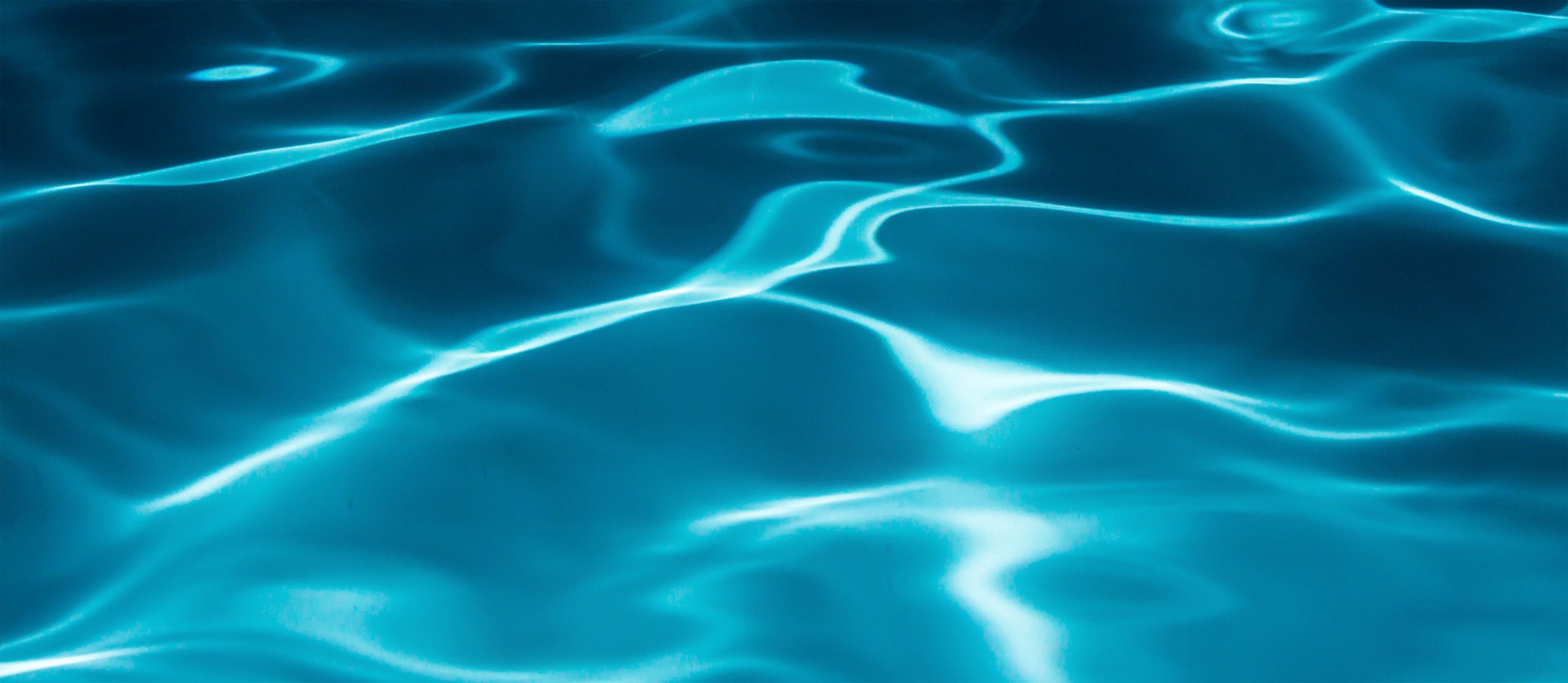Everything you need to know about choosing a pool surface
- April 24, 2013
- Pool Maintenance and Renovation,
If you’ve been thinking of embarking on a Forth Worth pool remodeling project, one of the first things you’ll need to figure out is what type of surface you’ll want for the interior of your pool. The choices you have differ between texture, color, price and durability, so it’s important to weigh the pros and cons of each surface before you decide which one you’ll go with in your pool. Here are some of the options available to you, as well as information to help you select the right one for your pool.
White plaster
This mixture of white cement, white marble or limestone aggregate and water is the most common pool finish, and it provides a classic swimming pool look that many pool owners love. Despite the many other options for surfacing that have been developed over the years, white plaster remains one of the most popular because of its low cost and smooth finish. When properly maintained by Fort Worth pool service, the material has the potential to last for a long time and is very reliable.
However, it’s important to realize that white plaster is a porous surface that’s susceptible to changing water conditions, especially if it’s not properly taken care of. Staining, bacteria growth and breakdown of the plaster can occur with this type of surface, which usually lasts for about seven to 10 years when it’s maintained correctly. A change in the appearance of the plaster is reasonable to expect during its lifetime, whether it’s slight or moderate color change, cracking, shading or scaling.
Colored plaster
This type of surfacing is basically the same as white plaster, but the pigment makes it slightly different. Color changes and unevenness are often more obvious in colored plaster, Shade variations are also common, and the color will likely fade or lighten over the course of the surface’s lifetime, but this isn’t considered a product deficiency.
Quartz
Quartz aggregates come in a variety of forms and colors, making it very versatile. When it’s combined with white or colored plaster, quartz can create a range of shades, from bright blue and red to subtle green or beige. The surface of this finish is more durable than plaster alone and is sturdy up against chemical fluctuations. However, since it’s not just plaster, it is a more costly surface, but it lasts longer than plaster alone. Without proper Fort Worth pool maintenance, it can be just as susceptible to surface issues.
Pebble
Pebble surfaces are the most durable surfaces available, and they last the longest out of the different surface options. They have small river stones embedded in the product that can come in a wide range of colors and color combinations, making them very versatile. This type of surface also looks the most natural, which may appeal to some homeowners. The stones are very durable and aren’t likely to react with water chemicals, meaning their appearance isn’t likely to change with proper pool maintenance. It’s important to note, however, that pebble surfaces are more textured than other surfaces, which may not appeal to some people, and this type of surface is more expensive than standard plaster.
Tiles
In addition to the types of surfaces listed above, many people like to add tiles to their pools for a dynamic look. Tiles are a great way to dress up the look of a pool and bring in elements of a pool surroundings. They come in all sizes, shapes and colors, so they can fit right in with any surface you pick. They last a long time and are often water and slip-resistant, but they can crack and become susceptible to damage without proper pool service.


